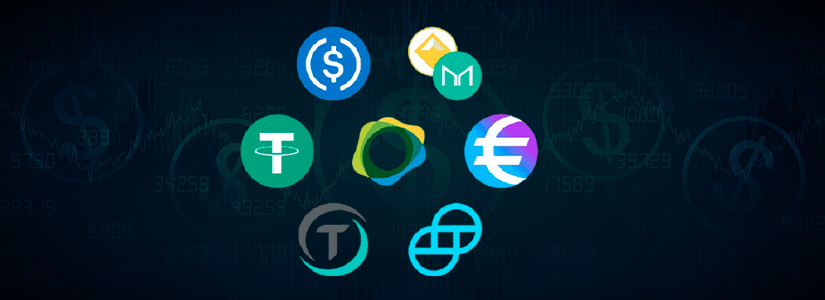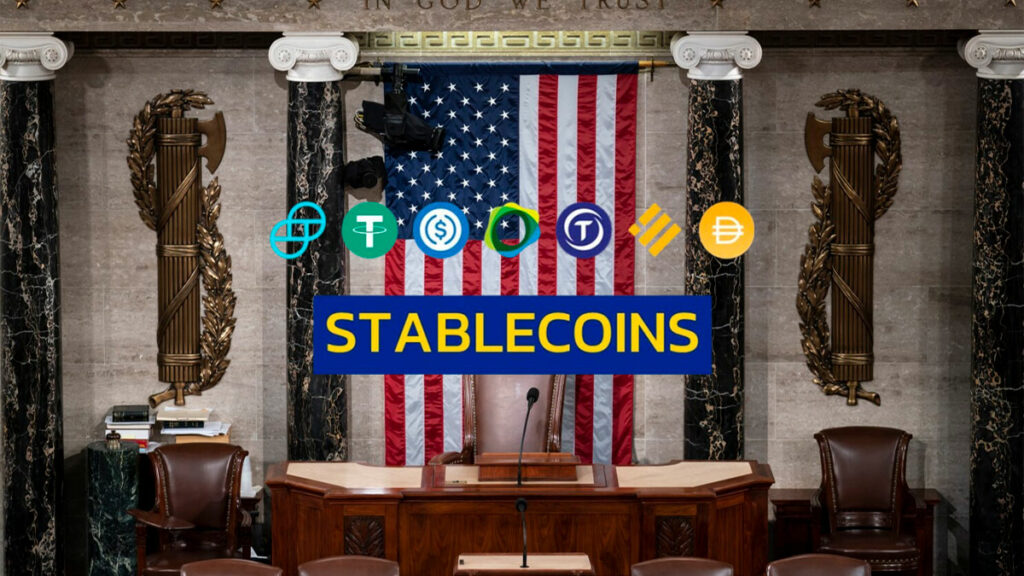TL;DR
- The new Stablecoin bill, STABLE Act of 2025 aims to establish comprehensive regulations for stablecoins, ensuring stability and transparency in the market.
- The bill mandates that only permitted payment stablecoin issuers with 1:1 reserves can legally issue stablecoins in the U.S., and imposes a two-year ban on self-backed tokens.
- Regulatory authority is assigned to agencies like the Federal Reserve, OCC, FDIC, and NCUA, with all issuers required to follow anti-money laundering laws to prevent financial crimes.
A new stablecoin bill introduced in the U.S. House of Representatives, known as the Stablecoin Transparency and Accountability for a Better Ledger Economy Act of 2025 (STABLE Act of 2025), aims to establish comprehensive regulations for stablecoins.
🚨NEW: @FinancialCmte Chairman @RepFrenchHill and Digital Assets subcommittee chair @RepBryanSteil have just released a discussion draft of a House bill to establish a regulatory framework for U.S. stablecoins.
Here’s the text:https://t.co/VfxI6gKtLP pic.twitter.com/z21dZBf6Ij
— Eleanor Terrett (@EleanorTerrett) February 6, 2025
Federal Oversight and Reserve Requirements
Sponsored by Rep. Bryan Steil and Rep. French Hill, the legislation proposes stringent guidelines to ensure stability and transparency in the stablecoin market. The STABLE Act of 2025 mandates that only permitted payment stablecoin issuers, including banks, federally approved nonbank entities, and state-approved issuers, can legally issue stablecoins in the U.S.
These issuers must maintain 1:1 reserves backed by cash, short-term U.S. Treasury bills, or central bank reserves. The bill also prohibits the rehypothecation or reuse of reserves, except for creating liquidity to meet redemption expectations.
Stablecoin Bill: Ban on Self-Backed Tokens

One of the most significant provisions of the bill is the two-year ban on stablecoins backed by self-issued digital assets. This ban aims to address concerns about the stability and reliability of algorithmic stablecoins, which have faced significant challenges in maintaining their peg to the U.S. dollar.
The U.S. Treasury is required to conduct a thorough review of these stablecoins during the ban period. The STABLE Act assigns regulatory authority to agencies such as the Federal Reserve, OCC, FDIC, and NCUA. State-chartered issuers must comply with federal standards, and all issuers are required to follow anti-money laundering (AML) laws under the Bank Secrecy Act (BSA) to prevent financial crimes.
Federal agencies have 180 days to create implementation rules once the bill is passed. The introduction of the STABLE Act of 2025 represents a significant step towards regulating the stablecoin market and ensuring greater stability and transparency.
By imposing strict reserve requirements and banning self-backed tokens, the bill aims to protect consumers and maintain the U.S.’s leadership in financial technology. As the bill progresses through the legislative process, its impact on the stablecoin market and the broader crypto industry will be closely watched.










